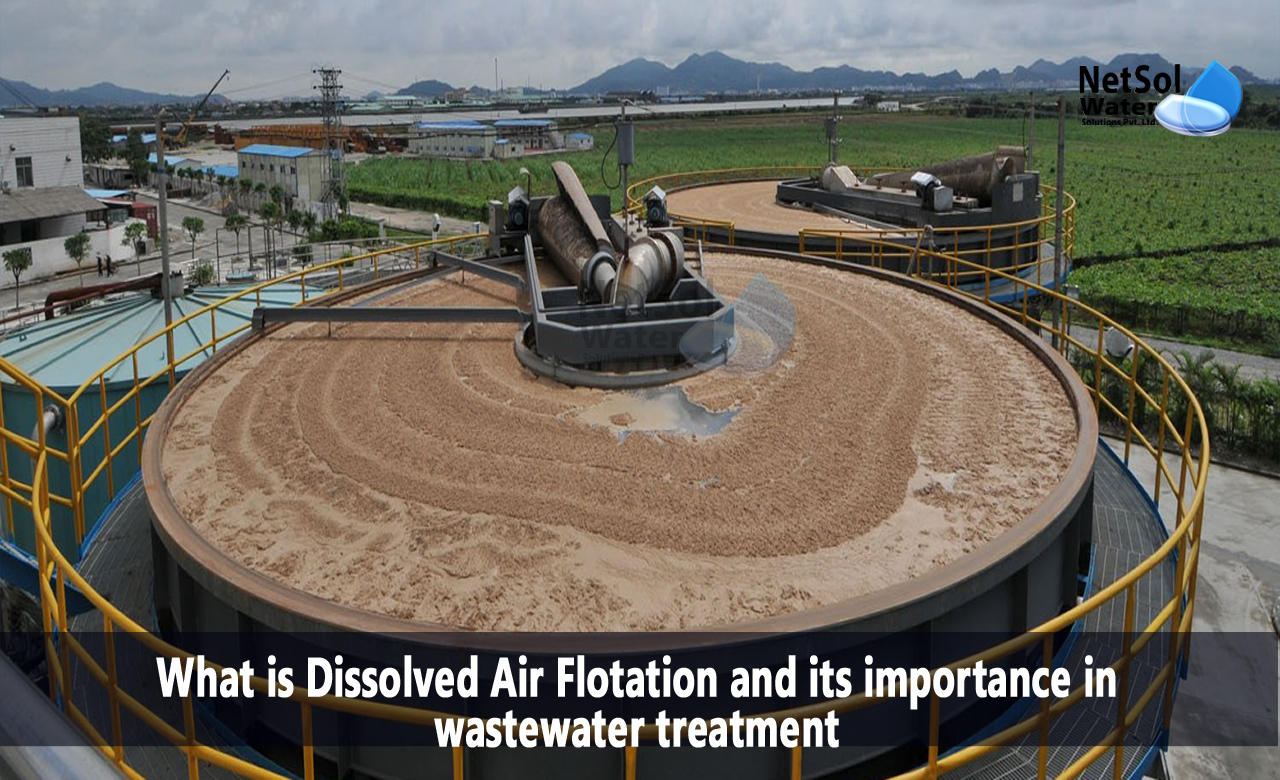What is DAF and its importance in wastewater treatment?
The treatment of wastewater is a crucial practice that safeguards both environmental health and the water bodie’s safety. Dissolved Air Flotation is one of the major technologies used in wastewater treatment. This post will address issues such as the concept of DAF, how it operates, and its significance for the wastewater treatment.
Understanding Dissolved Air Flotation (DAF)
DAF, which stands for dissolved air flotation, is one of the modern methods used in water treatment that separates suspended or colloidal particles, together with oils and greases, from water. The microbubbles cause these particles to become suspended and are then lifted by air or gas microbubbles formed. The impurities are hence separated and reach the water surface for disposal.
How Does DAF Work?
The DAF process involves several essential steps:
Coagulation and Flocculation: It is noted that coagulant chemicals are added to the wastewater before reaching DAF. The chemicals destabilize and agglomerate the suspended particles resulting in the formation of larger and more accessible to remove flocs.
Dissolved Air Introduction: Air is then allowed to dissolve in the water under pressure after coagulation and flocculation. Such microbubbles are usually in the order of 20-50 micrometres.
Release of Microbubbles: The microbubbles expandthe freedomof the pressurised water into the DAF tank to join the flock of contaminants. The flocs move up as bubbles rise to the top.
Skimming and Removal: The top of the DAF tank has skimming equipment that removes floating substances, including microbubble-laden flocs. These materials are collected and disposed off.
The Role of DAF in Wastewater Treatment.
Effective Particle Removal: DAF is highly efficient in treating numerous contaminants such as suspended solids, oils, grease, and algae. It is essential here to ensure the water is of good quality before discharge or further treatment.
Pre-Treatment for Other Processes: It is regularly employed in a lead-up process like filtration or chemical precipitation. It helps by not clogging or fouling the downstream equipment through the removal of larger particles.
Turbidity Reduction: In particular, DAF is highly effective in removing sediment particles from water and reducing water turbidity, thus making it fit for many uses.
Cost-Effective: DAF is an inexpensive method of cleaning water that minimises the expenditure of chemicals, power and workforce.
Wastewater Compliance: Wastewater must meet specific quality standards before it can be discharged in compliance with numerous environmental regulatory provisions. DAF supports businesses and local authorities in such endeavours.
Environmental Impact: Through effective wastewater treatment, DAF protects the surrounding natural water bodies and the ecosystem from contamination and damage.
Industrial and Municipal Use: DAF is flexible and can be used in many areas such as industrial wastewater treatment and city sewage treatment.
Conclusion
DAF, is a vital technology in wastewater treatment. The efficiency of removal of impurities such as oils and grease by it has made its cost effective tool imperative for water quality and environmental sustainability purpose’s. With ever stringent environmental laws, DAF’s contribution to water treatment will continue to gain momentum, thus protecting our precious water sources.



